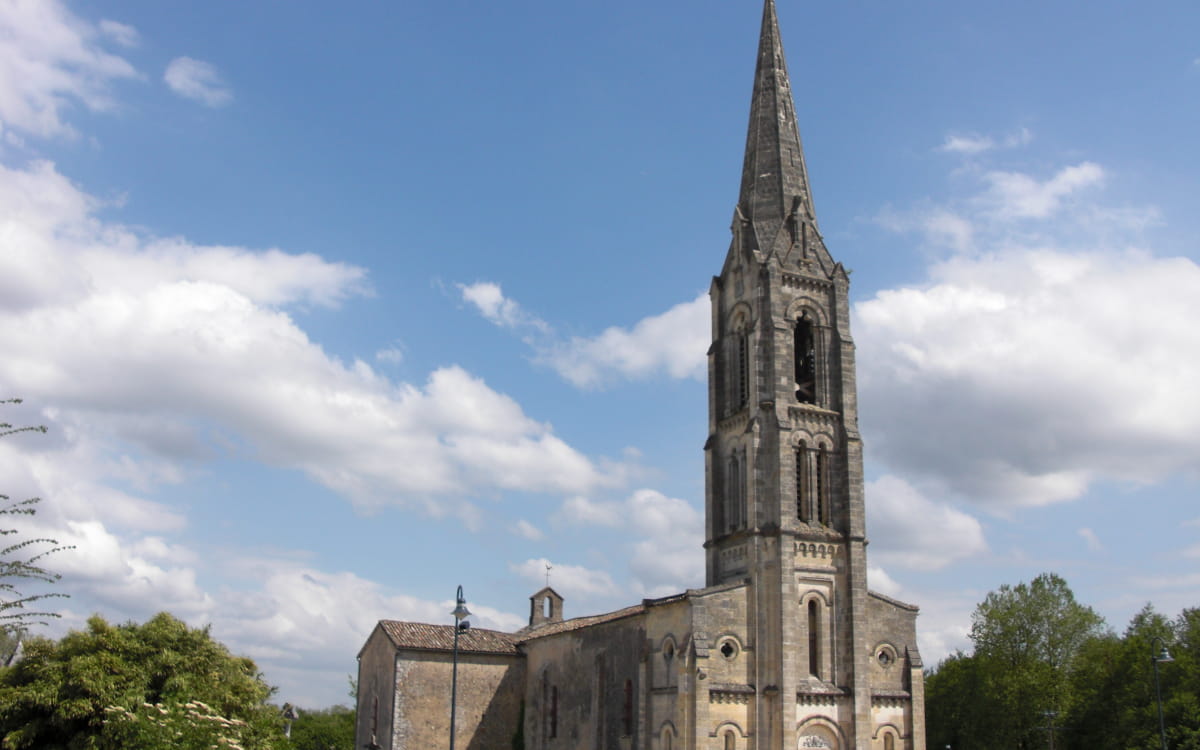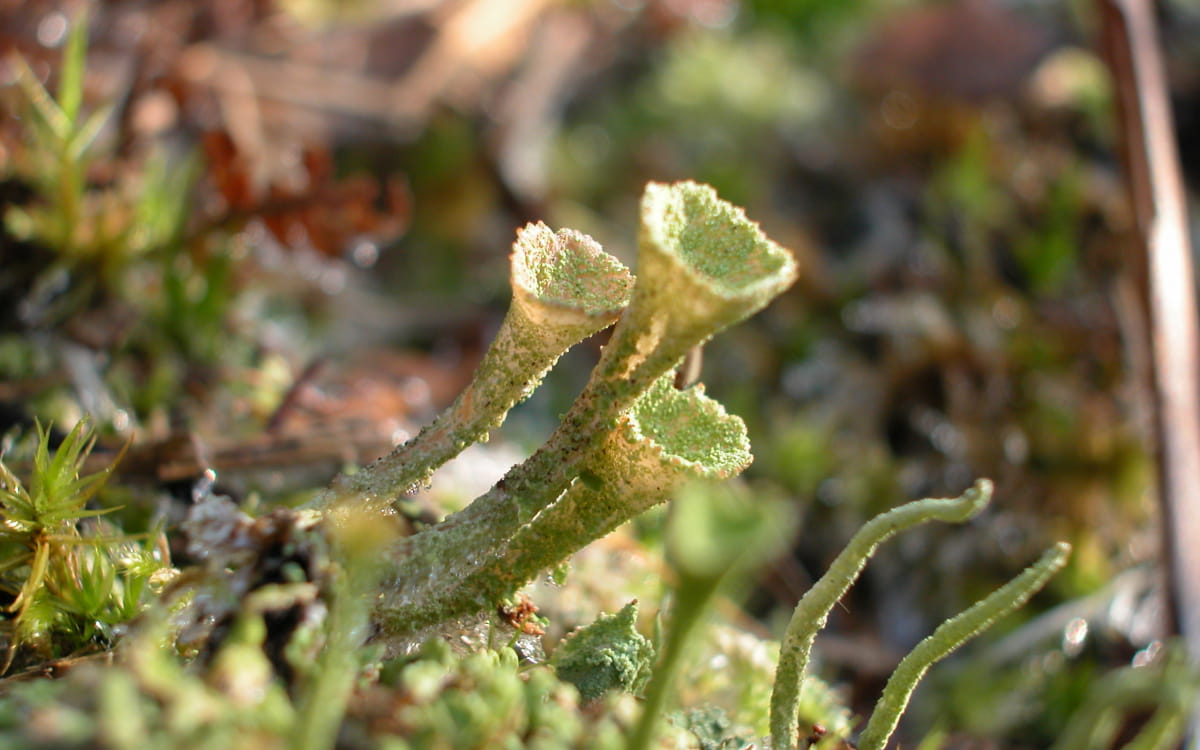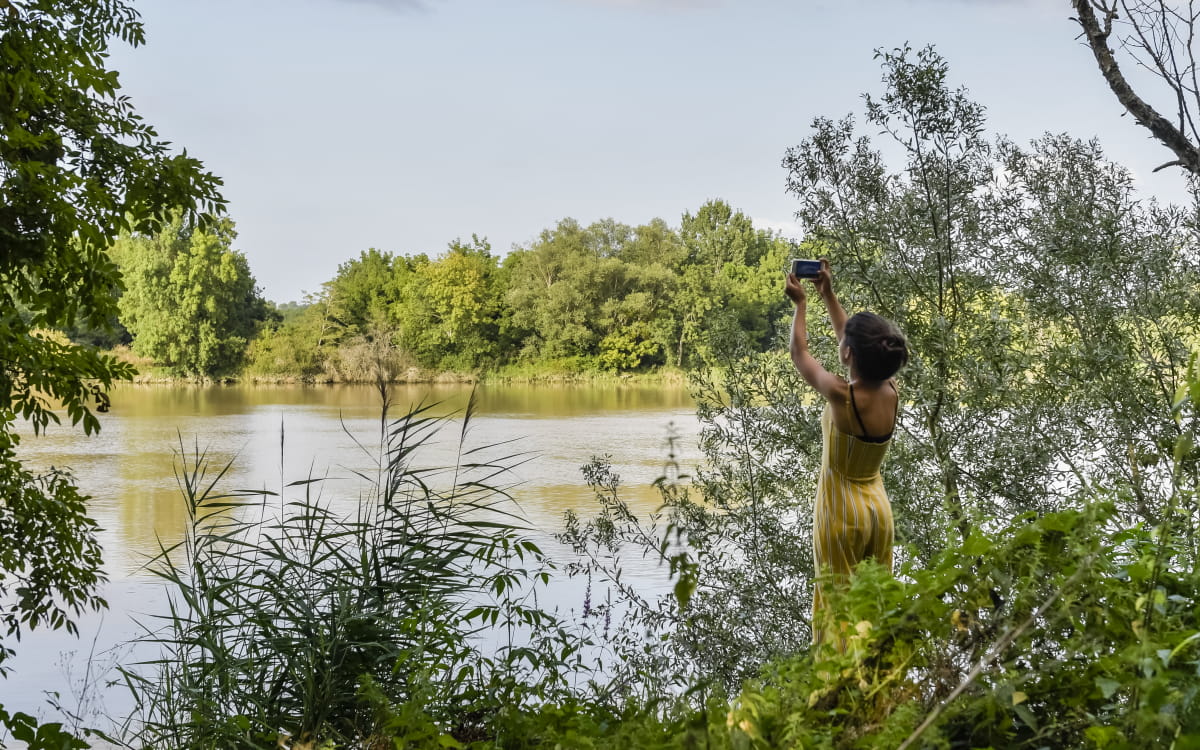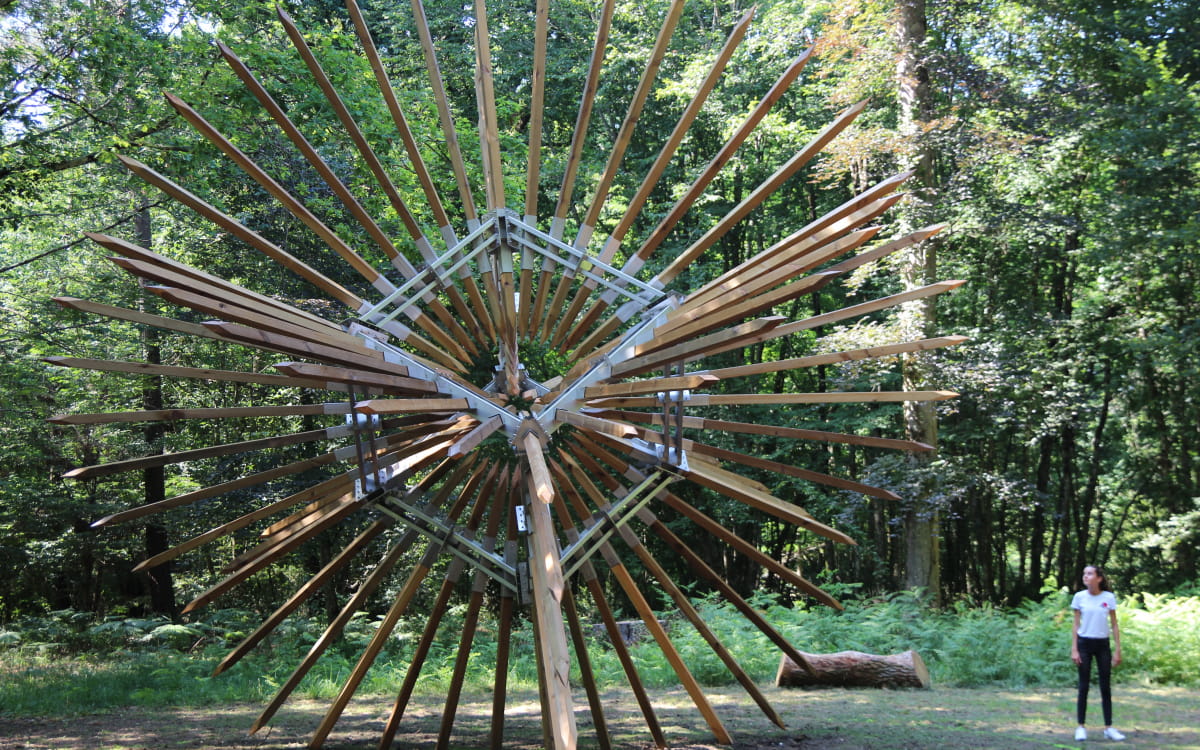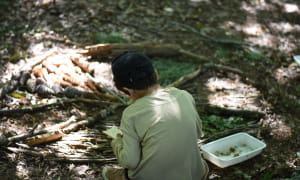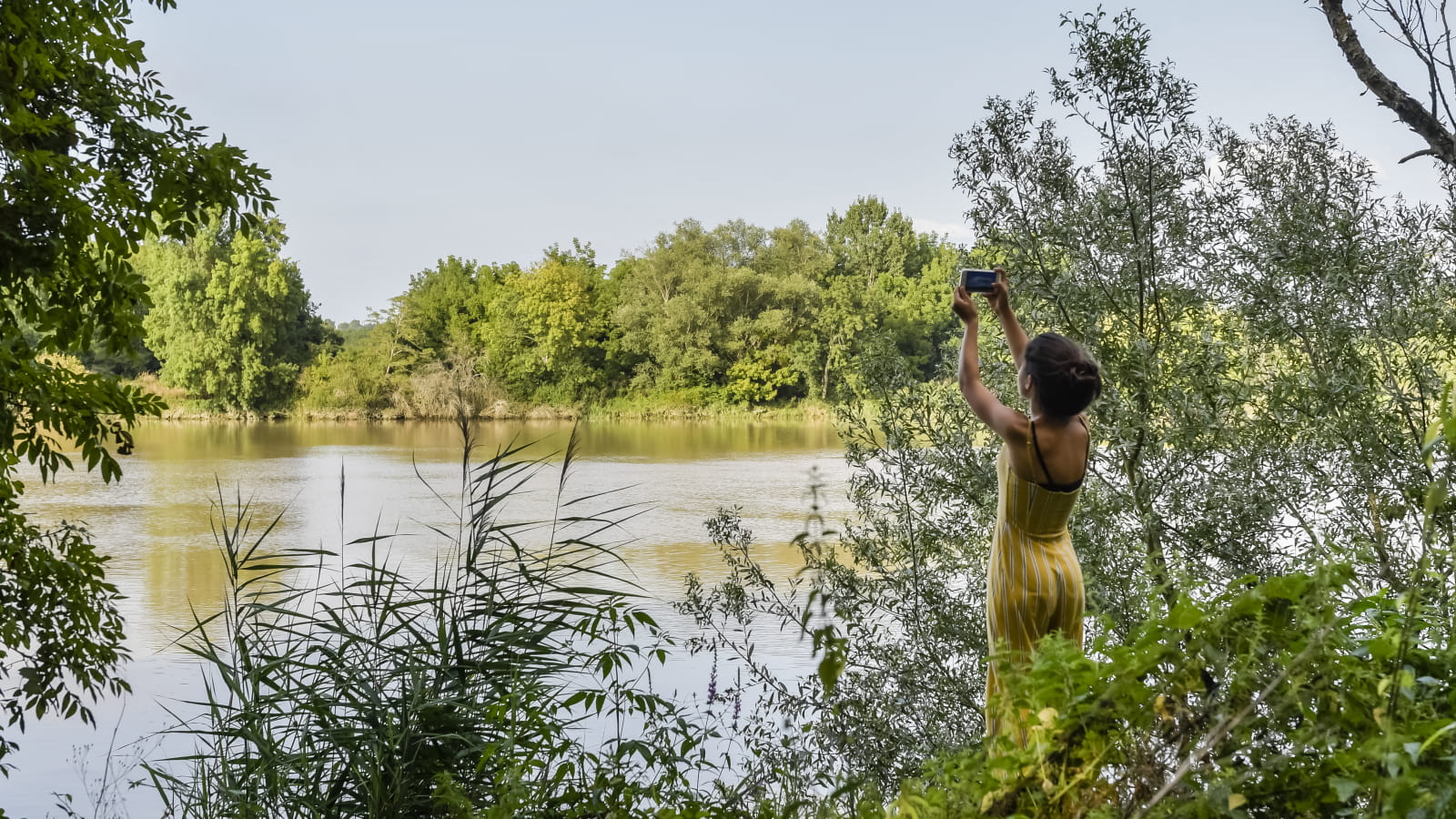
Natural areas
Around the Bordeaux vineyards, numerous natural areas offer the visitor a timeless stroll. Between bocage and undergrowth, explore the biotopes of the Saucats lagoon, learn to observe the world of fossils or walk in the forest of the senses, an open-air art gallery.
In the middle of moors, forest and lagoons
The largest commune in the Montesquieu area is a land of moors planted with pine forests in the 19th century. The stream "Saucats" (pronounced sokat͡s) which rises in the locality of Le Hos gave its name to the village. It has the particularity of sheltering a very rare flower: the Elatine de Brochon.
Discovered by the botanist Brochon in 1883 in a Saucats lagoon, the Elatine is a small marsh flower that can be found on the banks of a lake. It grows only on the banks of the two ponds of Lagune Longue and Lagune Ronde. These two biotopes are the last ones in France where this small herbaceous plant, which remains a protected species, grows.
The village of Saucats is at the heart of an exceptional geological reserve created in 1982 at the instigation of a group of academics, professors and elected officials. The aim was to preserve one of the last geological sites in the Bordeaux region threatened with extinction due to urbanisation.
Discover the world of fossils
The Saucats-La Brède geological reserve is located about twenty kilometres south of Bordeaux. It protects rocks and fossils more than 20 million years old, visible on seven sites spread over 80 hectares. The first natural geological site in France, the reserve is part of a network of more than 300 nature reserves in France, 26 of which have a specifically geological vocation.
Several outings led by the Maison de la Réserve are offered to the general public. The "journey into the past" visit begins with the fossil exhibition at the Maison de la Réserve and continues with a walk in the heart of the forest, to discover real open-air museums.
Mini-courses for children aged 6 to 12 (accompanied by an adult) offer the opportunity to explore all the facets of nature in the South Gironde during one day. Four themes are proposed: "life in the forest", "the world of fossils", "the life of the river" and "exploring your senses in contact with nature".
A classified area
The bocage of the Garonne banks is a man-made wetland along the Garonne alluvial valley. It extends over nearly 2000 hectares, 1500 hectares of which concern the communes of Cadaujac and Saint-Médard-d'Eyrand.
Classified as a Natura 2000 zone, the bocage is a landscape made up of meadows bordered by hedges where cows and horses graze. There are areas of marshland and riverside forests.
Discover its exceptional biological diversity during a guided tour organised by the Saucats-La Brède geological nature reserve. This outing of about two hours will allow you to get to know the emblematic fauna and flora of the Garonne banks.
A Land Art trail in a 10 hectare undergrowth area.
The Château Smith Haut Lafitte in Martillac is a place of discovery and initiation on the theme of Land Art, which takes the visitor to an undergrowth adjacent to the estate's vineyards. The forest of the senses is home to an astonishing art trail, a place of expression for contemporary artists, mostly from Bordeaux.
The walk combines art, nature and wine. It is an invitation to walk freely along 22 poetic stages spread over ten hectares of undergrowth. Here, the works exposed to the natural elements live in harmony with nature. You will enjoy observing the play of light and shade, listening to the notes of the "Island of Sounds" or smelling the scents of the garden of scents.
The visit ends with a tasting of two wines from the estate renowned for its Grand Cru Classé de Graves. This takes place in a building which also houses the herbal tea room where the plants used for the biodynamic cultivation of the vineyard are prepared.

